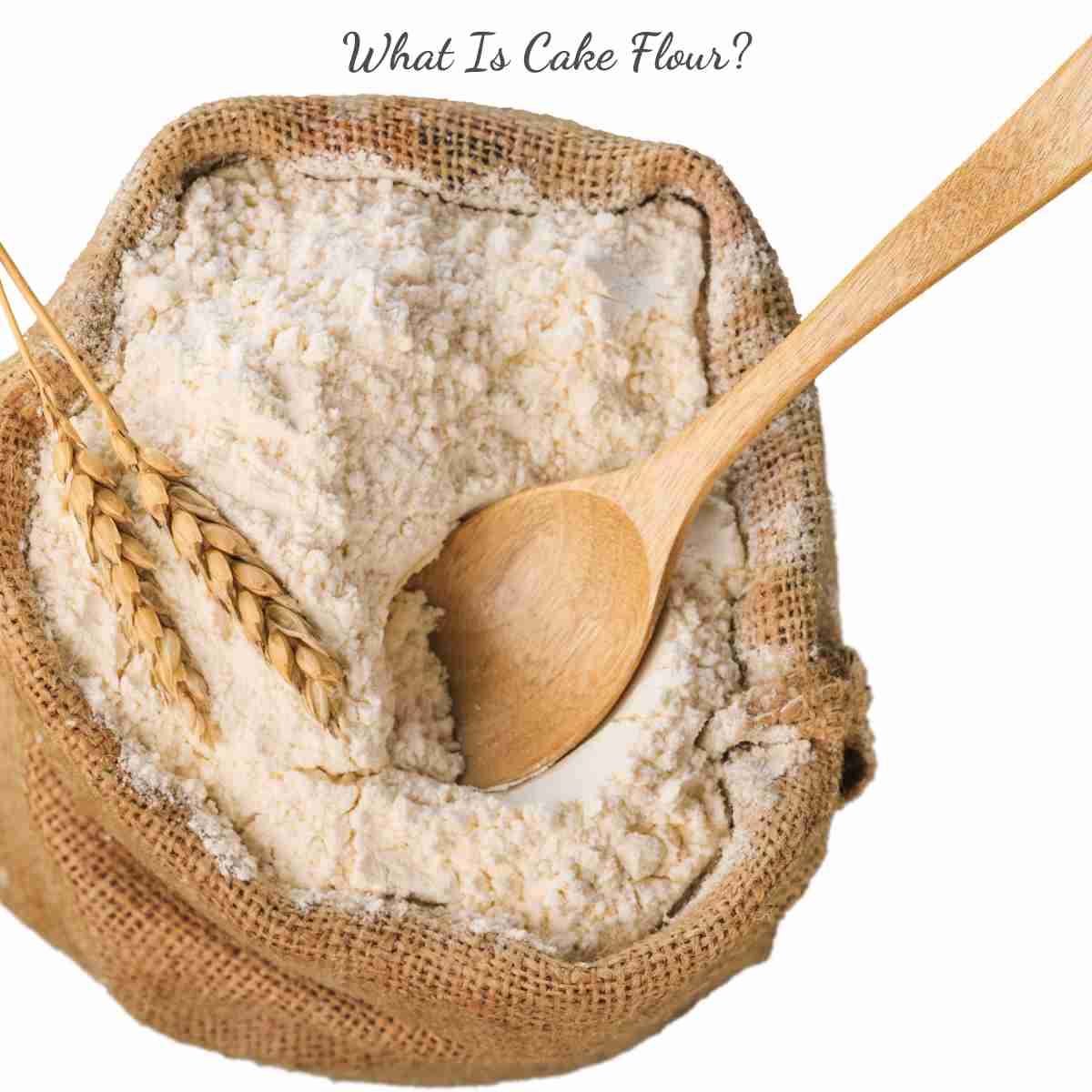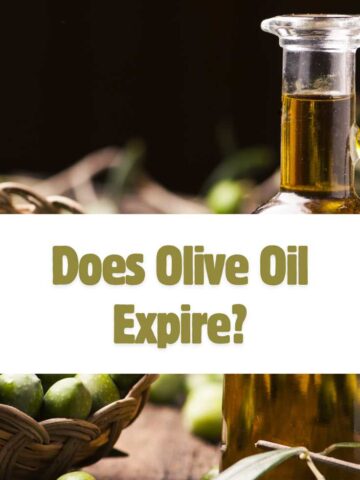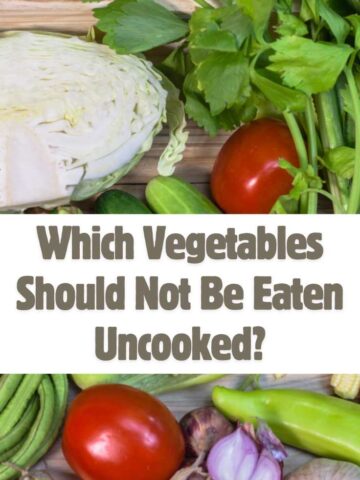Cake flour (you know, the kind that comes in a box instead of a bag) It makes for some of the fluffiest, softest-textured cakes available, and if a recipe calls for it, it's a smart idea to pick up a box – or make your own. Read on if you desire towering, fluffy, soft slices of cake in your cake-making (and eating) future, as we unveil the "what, why, and how (to DIY it)" of cake flour. Answers to all of your cake flour questions, such as what is cake flour, may be found here. What is cake flour made of? What's the difference between cake flour and all-purpose flour? and, perhaps most crucially, how do I produce cake flour? — to name a few questions.

What Is Cake Flour and How Do I Use It?
Cake flour is a common component in - you guessed it – cake recipes because of its fine milling and low protein level, which results in cakes with soft, sensitive crumbs. Low protein is beneficial in cake preparation because it affects gluten production (the enemy of cakes): the lower the protein, the less gluten develops. In summary, a cake with less gluten has a fluffy, soft texture rather than a chewy, rough one. To put things in perspective, bread flour has a high protein level, and more gluten is purposely created while making bread since a chewy crumb with some actual bite is what you want when eating a piece of liberally buttered sourdough bread – but not when eating the nicest vanilla cake. It's not an ingredient in every cake recipe, but when it is, it's a good idea to pay attention.
What Do Cake Flour and All-Purpose Flour Have in Common?
Cake flour has a lower protein concentration than all-purpose flour (about 8% vs. 10% to 12% for all-purpose) and is manufactured from softer wheat than all-purpose flour. When you use cake flour, your baked goods acquire less gluten, however when you use all-purpose flour, your baked goods develop more. As a result, cake flour is best used in cakes and other baked products with a soft, sensitive, even crumbly texture. All-purpose flour, on the other hand, adds a little more structure to the recipes it's used in, and it's great in a broad range of baked items, including almost all of them. And the beauty of all-purpose flour is that it can be used to produce low-protein cake flour, which most of us already have in our cupboards. We know, it's incredible. See the list below.
What is a Cake Flour Substitute?
You may use a mix of all-purpose flour and cornstarch in place of cake flour. Because cornstarch is so small, it reduces the production of gluten in all-purpose flour, resulting in flour that functions strikingly like cake flour. Continue reading to find out the actual ratio.
What is the best way to create Cake Flour?
Combine 14 tablespoons of all-purpose flour and 2 teaspoons of cornstarch to form one cup of cake flour. Combine the two ingredients in a mixing bowl and sift at least once. Starting with one cup of all-purpose flour, we remove two teaspoons and replace them with two tablespoons of cornstarch. However, you may measure out 3/4 cup plus 2 teaspoons all-purpose flour and 2 tablespoons of cornstarch. Alternatively, combine 14 tablespoons all-purpose flour and two teaspoons cornstarch in a mixing bowl. To put it another way, you do you.
Cake flour is used in what kinds of recipes?
Although cake flour is most often used in cake recipes, it may also be found in cookie recipes, crumble toppings for pies and fruit crisps, and cornbread.
Using Cake Flour in Recipes
Would you want to see cake flour in action? Check out some of the various recipes that it's known for, and then try them all.
1. The Best Vanilla Cake
This is the ideal birthday or celebration cake that everyone should have on hand. And it demonstrates how to make your own cake flour in real life: this cake uses all-purpose flour and cornstarch, resulting in a delicate crumb and airy tiers. Plus, since this recipe asks for a little oil, the cake will be exceptionally moist.
2. The Best Angel Food Cake
Angel food cake requires cake flour because of its fine grain and low protein level, which gives the cake its trademark soft texture and lofty height. In order to make our best-ever angel food cake, we need superfine sugar and a lot of beaten egg whites.
3. Black Forest Cake
This black forest cake (a cake that combines the delicious tastes of cherry and chocolate) is incredibly soft and fluffy, while yet being uber-chocolatey and powerful enough to bear up to the syruped cherries and Kirsch.
4. Slow Cooker Banana Upside Down Cake
Due to the caramelized bananas that make up the "top" of this wonderful upside-down cake, cake flour lightens what would otherwise be a hefty cake. The cake's soft texture benefits greatly from the cake flour, and it contrasts well with the juicy, sticky, brown-sugared bananas.
Check out some of our other blog posts now!




